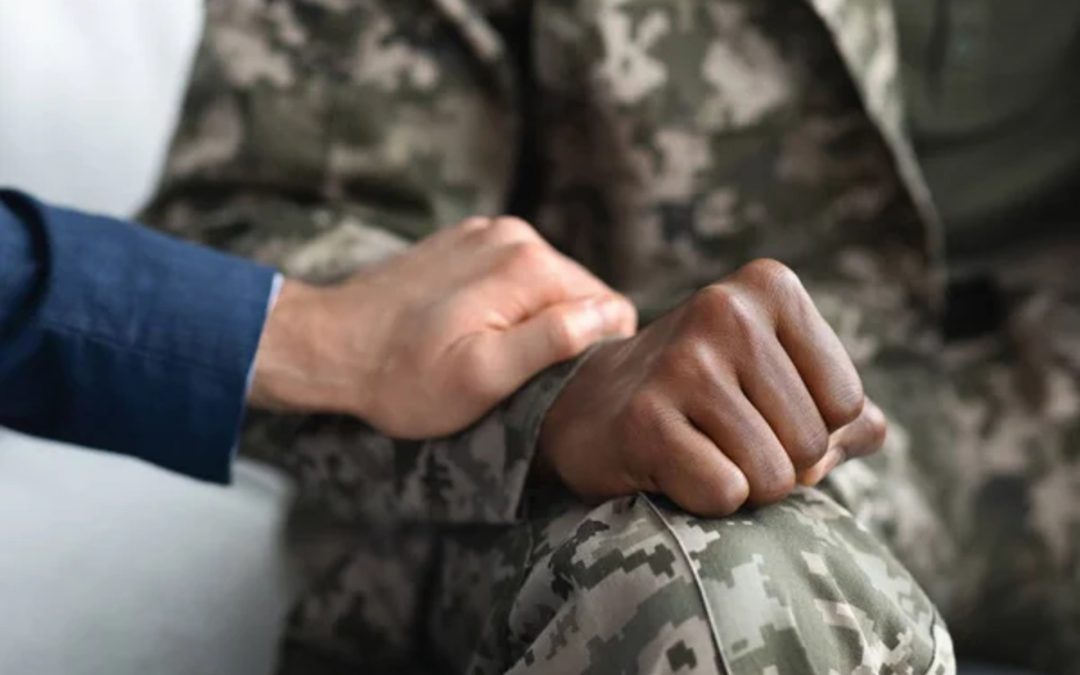Discover the importance of decarboxylation in unlocking the psychoactive properties of cannabis for edibles. Learn about the process, recommended temperatures, and methods to ensure optimal results. Avoid common mistakes and explore why using an oven is the preferred option over a microwave.
What is Decarboxylation and Its Role in Cannabis Edibles?
Decarboxylation, or the removal of a carboxyl group, is a crucial process that activates the psychoactive compounds in cannabis, enabling you to experience a “high” when consuming it. This article explains how decarboxylation converts non-psychoactive THCA into THC, making it essential for creating potent edibles.
What is the Science Behind Decarboxylation?
Decarboxylation involves applying heat and time to cannabis to facilitate the conversion of THCA to THC. When smoking or vaporizing, high temperatures instantly decarboxylate the compounds, making them readily available for absorption. Over time, drying and curing cannabis can also contribute to natural decarboxylation.
The Importance of Decarboxylation in Edibles
Decarboxylation is necessary for all cannabis products, including edibles, to deliver the desired effects. While edibles don’t involve direct heat like smoking or vaping, decarboxylation must still occur to activate the cannabis before consumption. Properly decarboxylating buds before infusion ensures the THC can be effectively carried into the edibles, maximizing their potent.
How to Decarboxylate Cannabis for Edibles
When making edibles, the most common method is to heat buds in an oven to activate the THC. This process can be done by following these steps:
- Set the oven temperature to 220ºF (105ºC) for optimal decarboxylation.
- Line a baking sheet with parchment paper or aluminum foil.
- Break up or grind the cannabis onto the prepared sheet, ensuring an even consistency.
- Heat the cannabis for 30-40 minutes, stirring at least once.
- Allow the decarboxylated cannabis to cool for 30 minutes at room temperature.
- Transfer the cannabis for infusion or store it properly for future use.
Note: Avoid overheating or prolonged exposure to prevent the loss of valuable cannabinoids and terpenes.
Decarboxylation typically occurs between 200-245ºF (93-118ºC). For edibles, a recommended temperature of 220ºF (105ºC) for 30-40 minutes provides optimal results. This lower temperature and longer duration help preserve cannabinoids and terpenes, preventing undesirable flavors and aromas.
Preparing Cannabis for Decarboxylation
It is advisable to grind cannabis before decarboxylation to increase surface area and ensure uniform activation. This step helps guarantee that all the cannabis decarboxylates simultaneously, promoting consistent potency in the final product.
Oven Decarboxylation vs. Microwave Decarboxylation
Using an oven is the preferred method for decarboxylation due to better temperature control. While microwaves lack precise temperature regulation, ovens offer a low and slow cooking process ideal for achieving optimal decarboxylation. Avoid microwaving cannabis as it can lead to inconsistent results and potential loss of potency.









0 Comments